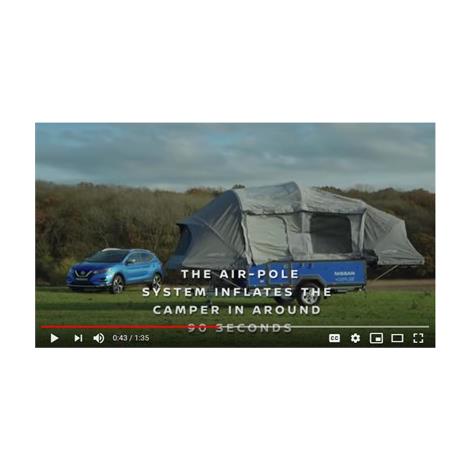

We are squeezing everything out of the batteries.”

For last 10 years not a lot has changed, and they will need to change in the future. “We have reached the limit with chemistries. “98 percent of our effort goes into the battery,” he said. The battery technology will also have to change, says Gracin. You can have the data follow the cell, accurate state of health and state of charge calculations, having that data wirelessly gives benefits to predicting the lifetime.” “If you have a modular pack with a wireless BMS you can mix and match them for other applications. “For second life, it offers a different way to architect the battery pack,” he said. Wireless BMS is a key technology both for increasing the range of vehicles and also for second life applications, says Morgan. “You can use them for many other applications, for example for fast charging stations and we see some of the big OEMs moving in that direction with transportable or fixed charging in households.” “Battery cells could be recycled to 90 percent and there is also the second life of the cells,” said Gracin. “On sustainability there is a lot of work going on but we are not doing enough,” said Matija Gracin, Director of Components R&D at Rimac Automobili. FIRST WIRELESS BATTERY MANAGEMENT SYSTEM FOR CARS USES MESH TECHNOLOGY.ADI SIGNS MAJOR WIRELESS BMS DEAL WITH GM.Combining used Nissan electric vehicle batteries at a conventional power plant in Melilla, Spain, operated by the Enel Group’s Spanish subsidiary, Endesa, the project enhances grid stability to help meet the needs of an isolated network. Graded second-life battery packs can provide reliable and convenient energy storage options for a range of applications, including storing the energy from solar panels. Nissan and Enel have partnered to launch the Second Life project. In addition, the team at WMG ( developed ways of grading battery-pack modules in as little as 3min, compared to over 3hr previously. WMG’s battery technology experts at the Energy Innovation Centre developed a safe, robust and fast methodology, and this was successfully transferred to a pilot second-life facility, where a target of 1MWh of second-life energy storage was achieved. Part-funded by the Business Department, the ‘UK Energy Storage Laboratory’ project was launched, and 50 Nissan Leaf batteries were used to improve the existing grading process (led by Nissan, WMG, AMETEK and Element Energy). This grading process has traditionally been a long and expensive process.Ĭar manufacturer Nissan ( was keen to find a much faster grading process for used Li-ion batteries from the Nissan Leaf. To achieve this, it is necessary to ‘grade’ the used batteries - identifying those suitable for use as spare parts, those suitable for ‘second life’, and those suitable for recycling of the materials. When EV batteries have completed their life-span, they are usually recycled by the manufacturer, but many automotive Li-ion batteries have enough life left in them after the car is scrapped for ‘second life’ uses, both domestically and industrially. The ability to re-use high numbers of electric-vehicle (EV) Lithium-ion (Li-ion) batteries for domestic and industrial use is becoming a reality for Nissan, thanks to a new grading system developed by researchers at WMG (part of the University of Warwick).


 0 kommentar(er)
0 kommentar(er)
